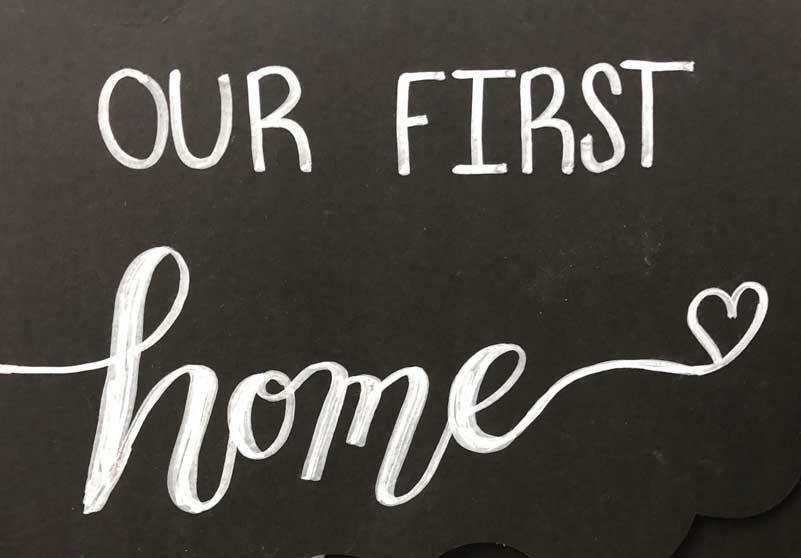By Morf Morford
Tacoma Daily Index
If there were ever a belief held that should never be controversial, it would be “housing for all”.
Nothing is more basic than the place where we belong, keep our stuff and create our place in the world.
But yes, controversial it is.
There’s a book that came out several years ago with the simple title, “What are we talking about when we talk about love?”
The same premise applies to housing. What are we talking about when we talk about housing? Are we taking about home ownership? Emergency shelter? “Affordable housing” (whatever that means)?
Are we talking about temporary, permanent, transitional housing? Are we asking the question almost every town and city is asking lately – how can we get the homeless tarps and tents out of our visible areas? And do we want those people in stable housing? Or do we just want them out of our sight?
Who is our intended audience?
Are we talking about families? Individuals? Extended families?
Low income? No income? Disabled? Accessible?
Teen-age? Formerly incarcerated?
Recent (or not so recent) immigrants?
I think that we have not been able to find a solid, near universal answer because we don’t seem to know what question we are really asking.
First time home buyers might be asking questions more along the lines of, “How can we afford a house that we like in an area we also like?”
Renters on the verge of eviction might be wondering where they can go – right now.
Other renters, even those fully employed, might be wondering where they can go when – not if – their rent goes up again.
Long time home owners, especially those on fixed incomes, might be wondering how much longer they can stay in their homes if property taxes, thanks to recent home prices, continue to climb.
In almost any context, for older home owners, first time buyers or most renters, the underlying situation is increasingly complex and uncertain.
A generation ago the housing options were simple – owning or renting. The word “affordable” was used, if at all, in the context of individual incomes – not full-scale housing markets.
There is a frenzy of building activity going on right now – almost everywhere.
But which question are these projects answering?
It is all too obvious which paying audience these projects are catering to. But which question, or audience, are they ignoring or neglecting?
As I see seemingly endless apartment blocks going up, I have to ask myself who would want to, or who could afford to live in those places?
No one housing unit size, style, location or price is the answer for everyone, but no one’s housing needs should be overlooked.
The bottom line is that housing instability for some, very quickly becomes housing instability for more.
And, as interest rates increase, more and more who have been using credit cards will find their housing budgets cramped even more.
As some of us learned in 2008-09, eviction or loss of housing is far more than the loss of shelter – it is the near-permanent damaging of credit which reduces, if not precludes future preferable housing options.
Let there be high interest rates
The Fed, using its only lever to restrain inflation, has increased interest rates. Using interest rates to hold back an “exuberant” market has been a strategy that the Fed has used before. This approach impacts credit cards users, debt management – and, of course, housing prices.
In previous, more stable markets, an increase in interest rates would force a reduction of home prices to keep the ultimate price within reach of the typical home buyer. This is yet another case of “that was then, and this is now”. This is not likely to happen now.
With a combination of limited housing stock, ever-rising prices, and now higher interest rates, more and more first time buyers are being priced out of the housing market.
Some home owners are trying innovative strategies to stay above the fray.
One increasingly appealing approach for those who have a home is to pick a price point and then sell at what they presume is a peak market price, find an affordable rental and wait for the market to cool down. Catching prices and their peak and finding affordable rentals are only a few of the problems with that strategy.
Others are working abroad, semi-permanent couch surfing or moving in with relatives – or even some variation on “urban bunkhouses”.
One developer in San Francisco is constructing a unit of 88 50-square-foot underground “sleeping pods” – with curtains in place of doors. You can see more on that housing “solution” here: https://www.businessinsider.com/san-francisco-underground-bunk-beds-sleeping-pods-2020-1.
In short, we have a very mixed set of potential home owners, renters and individuals and markets in transition.
We need temporary, permanent, short-term and long-term housing solutions.
Tiny homes and urban bunkhouses are a solution for some, for a while, but few of us, officially or individually, see them as a permanent solution.





